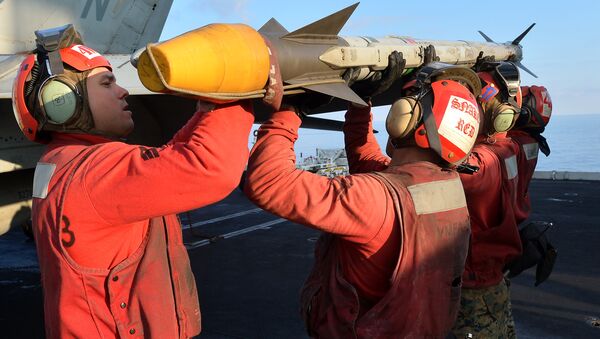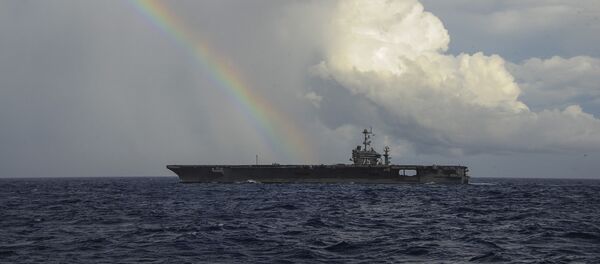"What is on tap for the near future, is the continuing use of those four DDGs [guided missile destroyers] based out of Rota [Spain], an increase in that loitering presence, and then the long-term possibility of dedicated deployments to the Mediterranean," the official said.
Asked if the deployment was the result of US concerns over Russia, the official noted, "You could say it’s because of the migrant issue and the tax that that has put on European navies, and then certainly because of the increased Russian naval presence and capability."
Over the past year, the United States moved four Arleigh Burke class guided missile destroyers into the Mediterranean as part of its ballistic missile defense (BMD) program in Europe. Russia has constantly referred to the BMD program as provocative and potentially destabilizing.
The United States has been in constant dialogue with its European partners to address the amount of maritime capacity NATO and allied partners are able to stand up. "The reason for those discussions… at the top of that list, again, is the increased Russian presence and what it means," the official noted.
The US has not had a continuous presence in the Mediterranean Sea since the mid-1990s, at the close of the Cold War. In its most recent maritime strategy doctrine, Russia stated its commitment to maintain a presence in the Black Sea, the Mediterranean and the Arctic.
Over the past year, Europe’s resources have been stretched in response to the massive flow of migrants across the Mediterranean from the conflict zones in Syria, Iraq and North Africa. According to the United Nations, well over one million Syrian refugees crossed into Europe in 2015.


